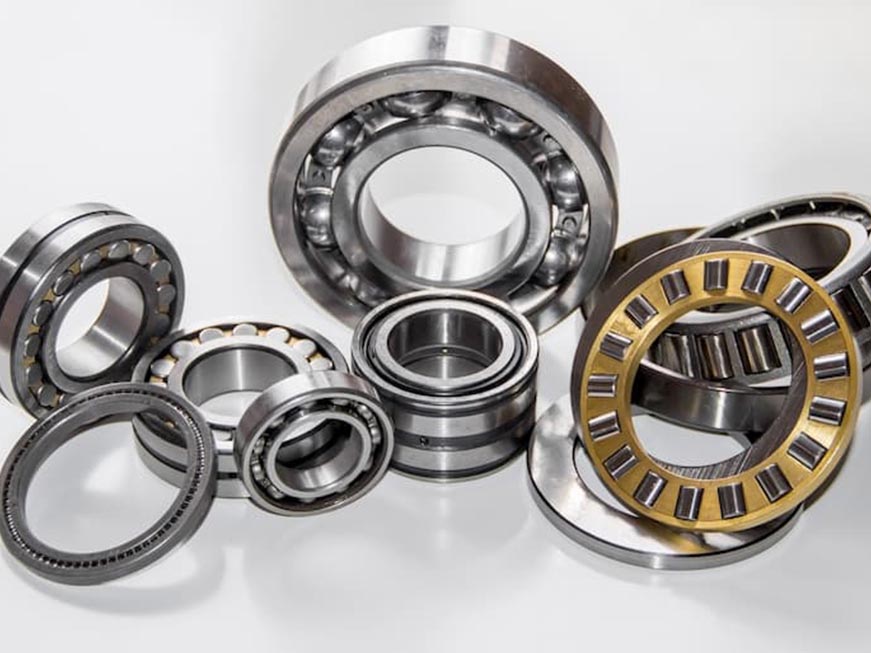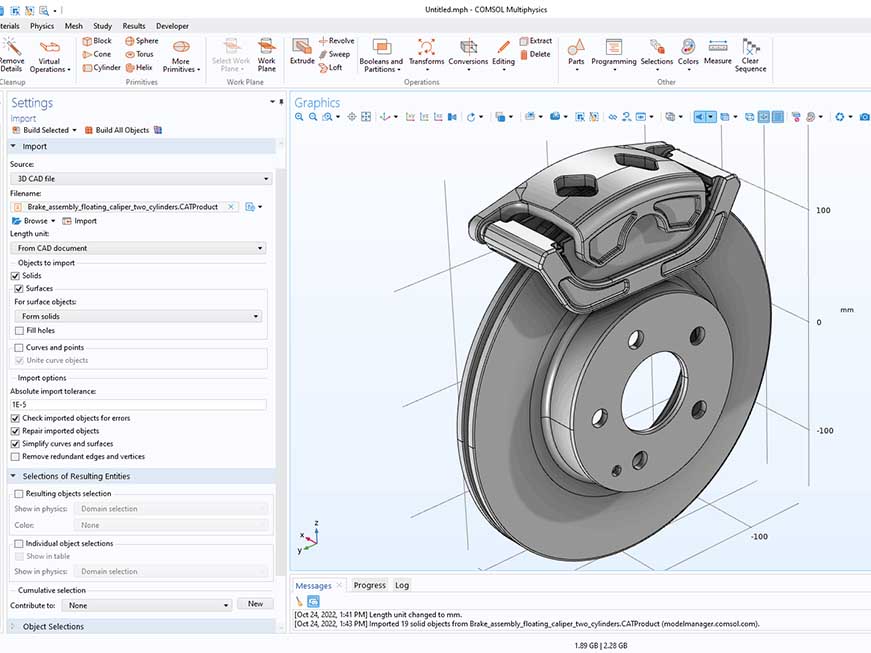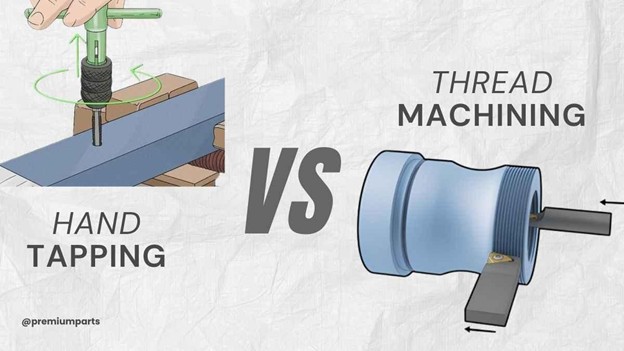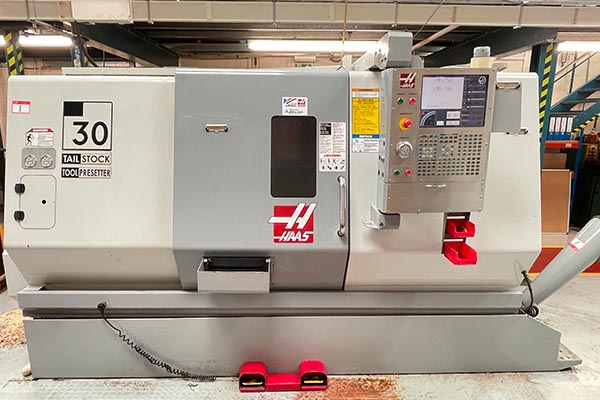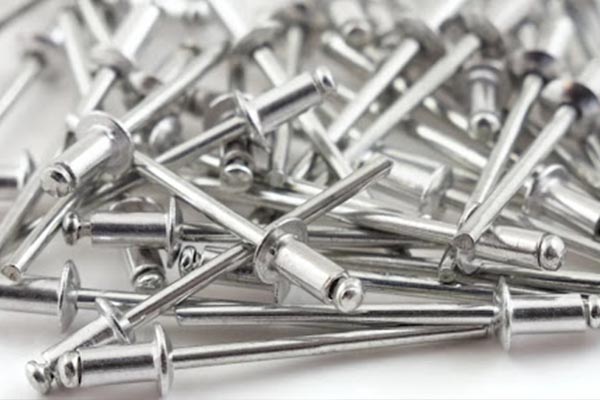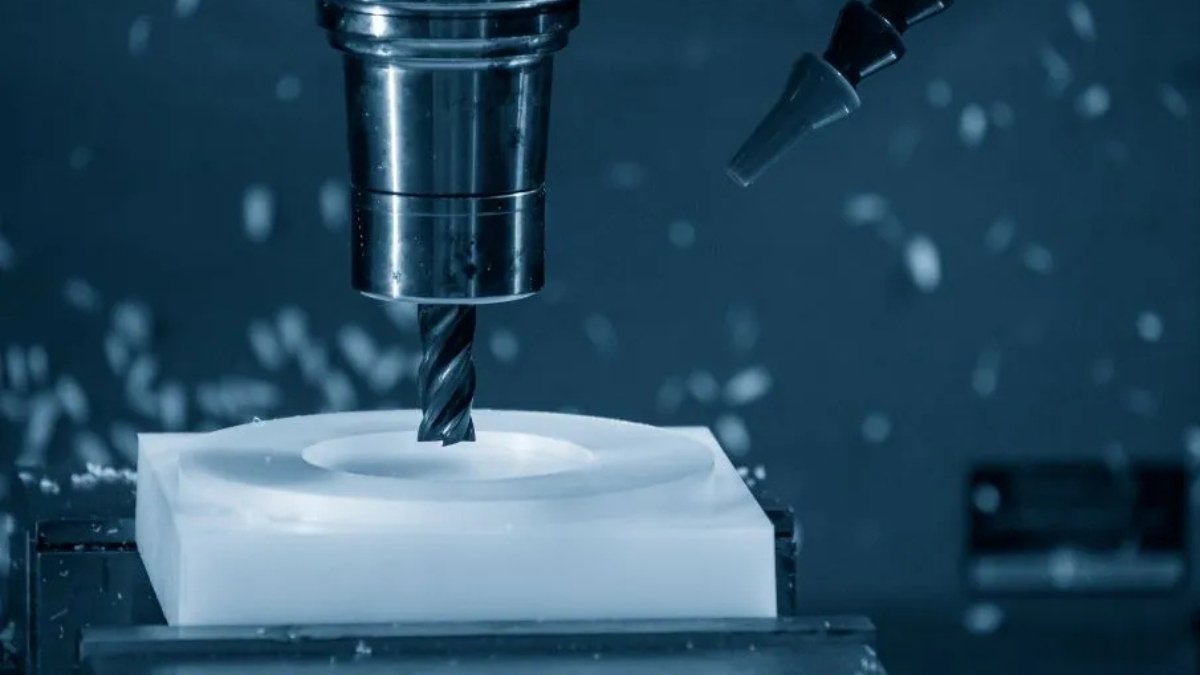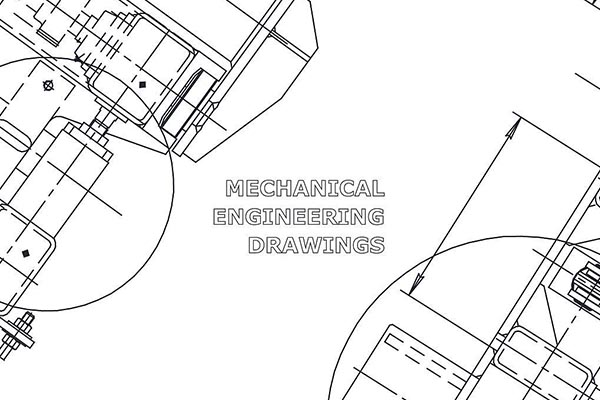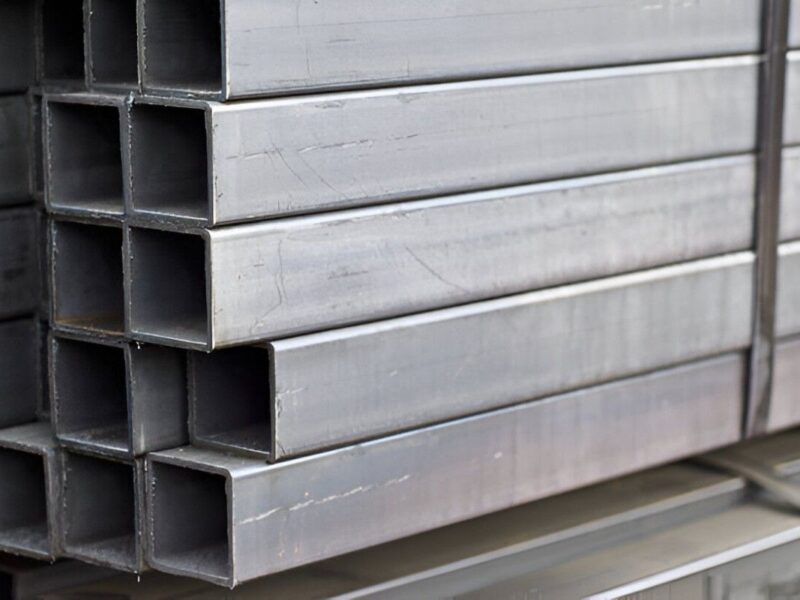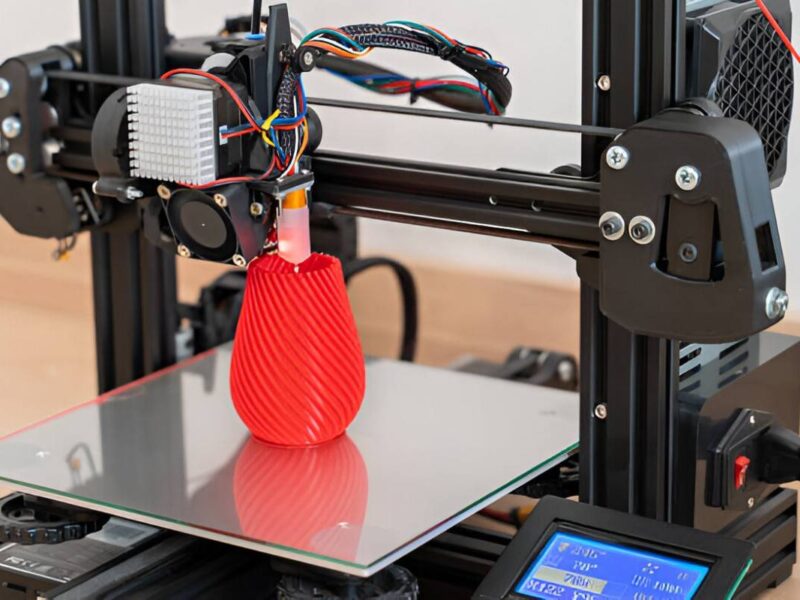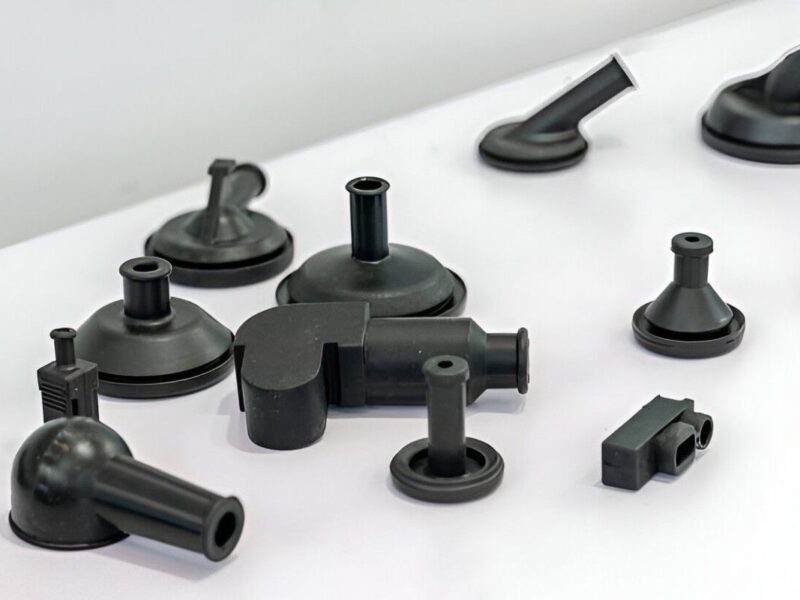It’s a typical task to estimate CNC machining cost. Because one project costs you less, but some other projects could incur unforeseen costs. Complex designs, vague cost breakdowns, and excessive material waste can quickly push CNC machining projects over budget.
Being able to control CNC machining costs is something that you will need to understand how to do. Once you know what impacts the price, you can make smarter choices. Aside from this, you can save time, avoid rework, and skip the guesswork. Partnering with a known CNC manufacturer means even more control through effective communication and reliable quality.
In this guide, we will tell you in detail how much CNC machining costs. We will review machine types, materials, design impact, and cost-saving methods. Additionally, we’ll show how manufacturers work out prices and the advantages of good planning to reduce the total cost of production without sacrificing quality.
CNC Machining Cost Explained
The total expenditure to produce a part using Computer Controlled Machines (CNC) is referred to as CNC machining cost. The cost covers machine time, machine set-up, materials, labor, and any post-process.
Moreover, you need to understand the cost upfront. It is useful to gain a reasonable balance between design goals and budget constraints. To know whether to create a prototype or full-scale production, cost planning is crucial.
Some projects use cost-per-hour models, and others calculate by part or batch. In any case, cost directly influences the timelines and deliverables.
What Are the Key Factors That Affect CNC Machining Cost
Now, let’s look at the fundamental analytics segmented as the CNC machining cost drivers.
1. Material Selection
Cutting speed and tool wear as well as part quality are affected by material. Titanium, being a harder metal to machine than plastics like ABS, is comparatively more expensive.
Metals like:
- Aluminum (moderate cost, fast machining)
- Stainless Steel (slower machining, higher wear)
- Titanium (slowest, requires special tools)
Plastics like:
- Easier (less expensive) machining on nylon, ABS, PEEK
High-quality material is sourced at competitive rates by Premium Parts. We provide advice to achieve a balance of strength, machinability and cost.
2. Design Complexity
Being able to perform machining of intricate geometries would allow for shorter machining times as well as tool changeover. Additional cost is incurred where there are internal cavities, undercuts, or tight radii.
The simpler the design, the lower the machining time. With the DFM processes, our engineers at Premium Parts assist in improving designs. Cost can be reduced without affecting the function of certain tweaks.
3. Tolerances and Finishing
Speed of machining must be slower, and quality checks must take place with tight tolerances. A tolerance of ±0.005 mm incurs more cost than that of ±0.1 mm.
Post-finishing options also affect pricing. These steps are needed at the final stages, and usually include anodizing, polishing, and powder coating.
Common finishes include:
- Anodizing
- Bead blasting
- As Machined
- Chemical polishing
- Electropolishing
- Chrome Plating, etc
4. Machine Type & Axis Count
The cost depends on the capabilities of the machine used, and different machines have different capabilities.
| Machine Type | Typical Use | Cost Impact |
| 3-Axis CNC Machine | For making simple contours and cuts | Low machining cost |
| 5-Axis CNC Machine | Complex angles and high-accuracy parts | Higher machining cost |
| CNC Lathe Machine | Cylindrical parts and threads | Moderate (depends on design) |
| CNC Laser Cutting Machine | Sheet cutting and complex outline | High precision, variable cost |
The cost of a 5-axis CNC machine can be justified for complex aerospace or medical parts. For basic components, a 3-axis CNC machine is often enough.
Premium Parts does not sell machines. However, we make use of a complete range of lathes to 5-axis systems in order to meet the necessities of every single project efficiently.
5. Labor, Setup & Tooling Time
The elements of setup time are fixturing, programming, and tool selection. The distributed one-time setup requires it to be performed once. That means the cost per unit is less than that for a smaller batch.
Time and cost are added by custom tools or by frequent tool changes. Standardized tools are more economical.
6. Volume of Production
Higher volume parts tend to appear lower in cost/unit. Setup costs and handling are the reasons why low-volume or prototype runs have a higher per-part cost.
We do both embodiments of prototypes and larger quantity runs. With flexibility, our systems can always change based on the size and goals of each project we undertake.
So, an important tip is that even ordering another 10 units helps you lower your per-piece cost.
CNC Machining Cost Calculation Methods
You can manage your budget better when you know how manufacturers calculate CNC machining costs. Additionally, it allows you to make wise design choices and practical insights. Two ways dominate in the industry: time-based methods and part-based methods.
1. Time-Based Calculation
This method is most common for custom and low-volume production jobs. The total cost depends on the time required to machine a part. It includes:
- Machine setup time
- Cutting or milling time
- Tool change intervals
- Finishing and inspection steps
Formula:
The total Cost = Machine Hourly Rate x Machining Hours.
Equipment can affect how a machine’s hourly rates change.
For Example:
A 3-axis machine may cost $60–$80/hour. Currently, a 5-axis CNC machine could cost $120–$200 per hour.
The CNC lathe machine cost will depend on the complexity but may fall in between. It is a precise and flexible approach. For the prototypes or one off parts that have unique machining requirements, it works well.
Example:
Machining an aluminum bracket usually takes 15 minutes. The shop rate is $75/hour. There are, thus, $75 × 0.25 hours or $18.75 machine costs per unit. It does not include material cost, setup time, or any finishing steps.
At Premium Parts, we can calculate each job transparently. All our quoting includes time, tooling, and finishing, so you know what to expect up front.
2. Part-Based Calculation
The best use case for this method to be used is for larger batches or recurring orders. The price here is set per part, with the cost factored through all production stages:
- Material cost
- Tooling and fixturing
- Machine time and labor
- Finishing processes
- Quality control
It makes cost planning easier and relieves a high volume of administrative workload. As volume increases, the average cost per CNC-machined part becomes pretty small.
Example:
Let’s estimate and make an assumption. You ask for 500 plastic enclosures with minimal finishing.
For all setup and post processing, manufacturers can charge a flat rate of $6.50 per unit in the shop.
The model you need depends on your project scope. At Premium Parts, we can offer either model to fit your needs. We run long-term builds and optimize toolpaths as well as material handling for the long haul to minimize your per-part costs to an optimum extent.
When Should You Use Each Calculation Method?
| Project Type | Best Method | Why It Works |
| Custom Prototype | Time-Based | Flexible and accurate for short runs |
| Low-Volume Production | Time-Based | Better for unique part geometries |
| High-Volume Orders | Part-Based | Scales efficiently, easier cost control |
| Repeat Projects | Part-Based | Simplifies planning and bulk pricing |
How Engineers Can Reduce CNC Machining Costs
Small design choices matter. They can greatly impact how much you earn for the job. Even minor changes can impact cost and efficiency. This is applicable for both 3-axis and 5-axis CNC machines. With some foresight, it is possible to reduce expenses without overly decreasing performance.
Engineers can lower CNC machining costs without losing part quality. The approaches below work well. Use them to cut costs and keep performance intact.
1. Reduce The Complexity Of Part Designs
Engineering geometries result in intricate features, pockets, and outlines. These advanced cut-outs demand slower rotary tool speeds, in addition to multistep setups, resulting in increased expenditure. Also, complex shapes take more time to machine.
Try to:
- Reduce the number of intricate surface features.
- Minimize sharp corners and deep slots.
- Avoid tight internal radii that need small-diameter tools.
Straightforward parts require less operations and tool changes and, thus, less time is needed for CNC milling machine cost.
2. Avoid Tight Tolerances
Machining is slowed down and costlier due to tight tolerances. This frequently necessitates several passes, specialized tooling, or secondary processes. Use precision only where the function demands it. Examples include:
- ±0.01 mm for critical fit surfaces
- ±0.1 mm for cosmetic or non-functional areas
Adjustment of tolerances increases the ideal average cost per unit for CNC machining, particularly when moving towards mass-scale production.
3. Choose Standard Materials
Machining exotic materials like Inconel, tool steel, and titanium takes more time. These materials wear out tools faster. They also slow down production. As a result, costs increase. Common metals like 6061 aluminum, mild steel, and ABS plastic are:
- More accessible
- Quick to process
- Cost-efficient
In addition, the aforementioned materials’ characteristics, these materials reduce tool wear and overall expenses related to CNC machining for bulk-scale projects.
To maintain competitive pricing, we stock standard materials. This reduces lead time, stabilizing costs, even for urgent requests.
4. Combine Orders for Batch Operations
Every CNC project comes with a set-up cost. However, bulk ordering reduces the setup cost across more components, thus lowering the cost per unit.
Advantages of batching include:
- Reduced tool change and reprogramming steps
- Improved QA and Surface finishing
- Optimal machine time utilization
There are even savings from combining different part types into a single job, especially with machine costs, lathe operations, and other CNC machining services.
5. Work Early With Your Manufacturer
You can save more money by improving the design. By engaging with your CNC provider from the very beginning, you can:
- Remove design features that heavily impact pricing
- Improve part orientation
- Select optimal finishing methods
- Add design aspects that only need low-cost 5-axis machining
Our engineers analyze your files before production to propose optimal design revisions that decrease machining time and material waste. This approach makes your CNC machining cost calculation efficient from the outset.
Real World Scenarios of CNC Machining Costs
Scenario 1: Aerospace Bracket-Low Volume
- Material: Titanium
- Machining: 5 Axis CNC
- Volume: 10 Units
- Cost Driver: Tight tolerances and significantly costly material.
- Result: Roughly $280 for each part.
Scenario 2: Consumer Product Housing- Mid Volume
- Material: ABS Plastic
- Machining: 3 Axis CNC
- Volume: 500 Units
- Cost Driver: Surface polish and regular complexity.
- Result: Roughly $7.50 for each part.
Scenario 3: Industrial Shaft-High Volume
- Material: Stainless steel.
- Machining: CNC Lathe
- Volume: 2000 units.
- Cost Driver: Threading and accuracy.
- Result: Roughly $5.20 for each part.
| Scenario | Machining | Material | Volume | Approx. Cost/Part |
| Aerospace Bracket | 5-Axis | Titanium | 10 | $280 |
| Product Housing | 3-Axis | ABS | 500 | $7.50 |
| Industrial Shaft | Lathe | Steel | 2000 | $5.20 |
Wrapping Up!
CNC machining cost optimization isn’t an easy job, but it’s a strategy. Knowing the major cost drivers allows for better design decisions to be made. Moreover, it helps you maximize production effectiveness.
The type of machine, materials used, and volume produced are all critical factors that play a part in CNC fabrication costs. However, with the right partner, even intricate projects can be done at an affordable price.
With our CNC capabilities, responsive engineering services, and honest pricing, Premium Parts never shies away from difficult projects. Put us ahead of your next project and let us help you optimize it.
Contact us now to receive an instant custom CNC machining quote that is budget-friendly.
FAQ’s
Q1. How is CNC machining cost calculated?
Costs are determined by calculating machine time, setup time, materials, labor, and finishing.
Q2. Is 5-axis machining always more expensive?
It depends. More intricate parts can often save time and require fewer setups.
Q3. Can I use a part redesign to lower CNC costs?
Absolutely. A more streamlined part design can reduce expenses by 20–40% in general.
Q4. What’s the difference between 3-axis and 5-axis pricing?
5-axis machines price higher hourly rates but can process more intricate geometries.
Q5. Does Premium Parts help with low-volume CNC orders?
Yes. Our team is geared for both prototype and low-volume production runs. We offer competitive prices on bulk order requirements.


